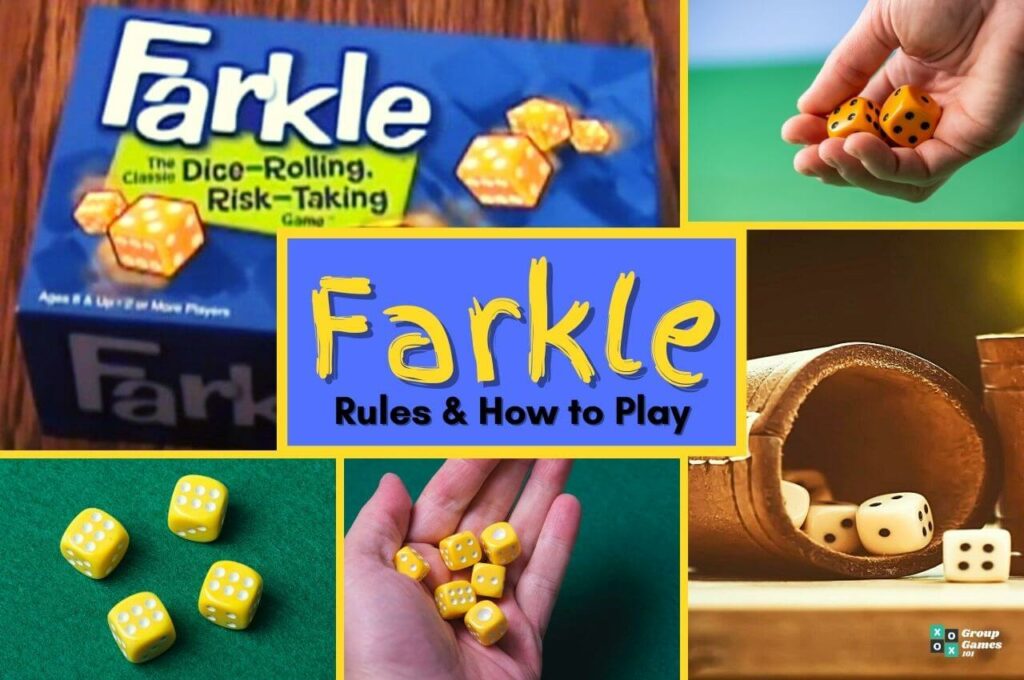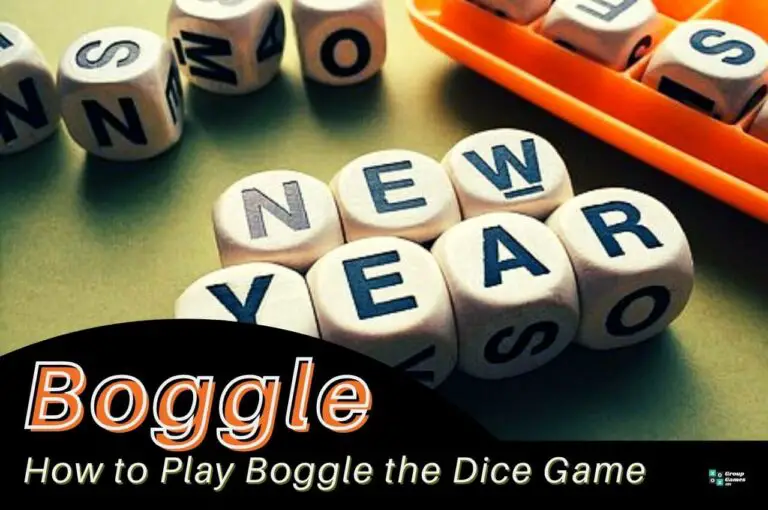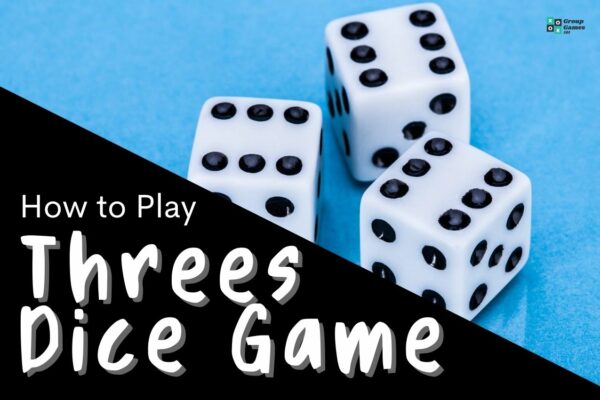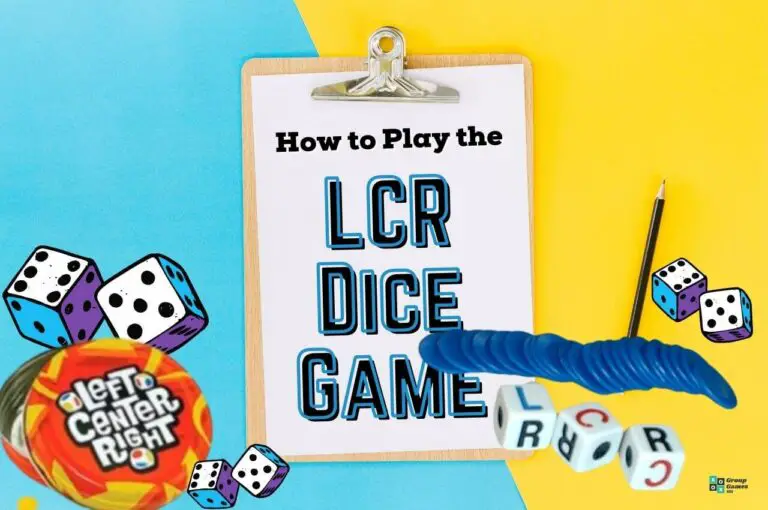The Farkle rules involve little more than rolling dice, totaling up your score, and racing to be the first-player to reach 10,000 points, making it an exciting, fast-paced dice game that offers lots to enjoy for players of all ages and abilities.
And if there’s one thing we love about classic dice games like Farkle, it’s that they’re often a breeze to play.
Beginners will love just how easy it is to learn how to play Farkle using nothing more than six dice and a piece of paper, while more experienced gaming fans will love the challenges that arise in making those all-important scoring combinations.
If you’ve never played before, don’t worry: We’ve got you covered.
In this complete gameplay guide, we’ll talk you through everything you need to know to play this family-friendly favorite, including how to set up your game, how to keep score and most importantly of all, how to win!
What is Farkle?

Sometimes known as 10,000, Zilch, or Hot Dice, Farkle (or Farkel)’s origins are somewhat ambiguous. Some say it was invented by a 14th century Icelander named Sir Farkle while others insist that it comes to us from Texas, where early settlers carved hardened berries from the Farkleberry plant to create dice.
What we do know is that it’s an entertaining, point-scoring dice game that serves well as alternatives to games like Yahtzee (see our guide on Yahtzee rules) or Bunco.
The goal is simple:
Throw certain point-scoring combinations in an effort to rack up more points than your opponent, though as we’ll see later in this guide, that’s sometimes easier said than done, making this a game that is suitably challenging without being overly complex.
Number of Players: 2+ (best with 3-6)
Ages: 6+ Technically it’s suitable for all ages, though younger children might struggle with keeping score.
Difficulty: Medium
Length of Play: 30 – 60+ mins
Similar To: Yahtzee, Tenzi, Pass the Pigs
Main Objective: Be the first player to reach 10,000 or more.
Why We Love It: Farkle’s simple setup is its biggest charm. Unlike other games that require lots of components, you can play Farkle anywhere at any time using nothing more than a flat surface, a cup, and a few dice. Doing so can provide hours of fun for anyone who loves games in which amassing the most points is the goal.
Farkle Equipment: What You’ll Need to Play
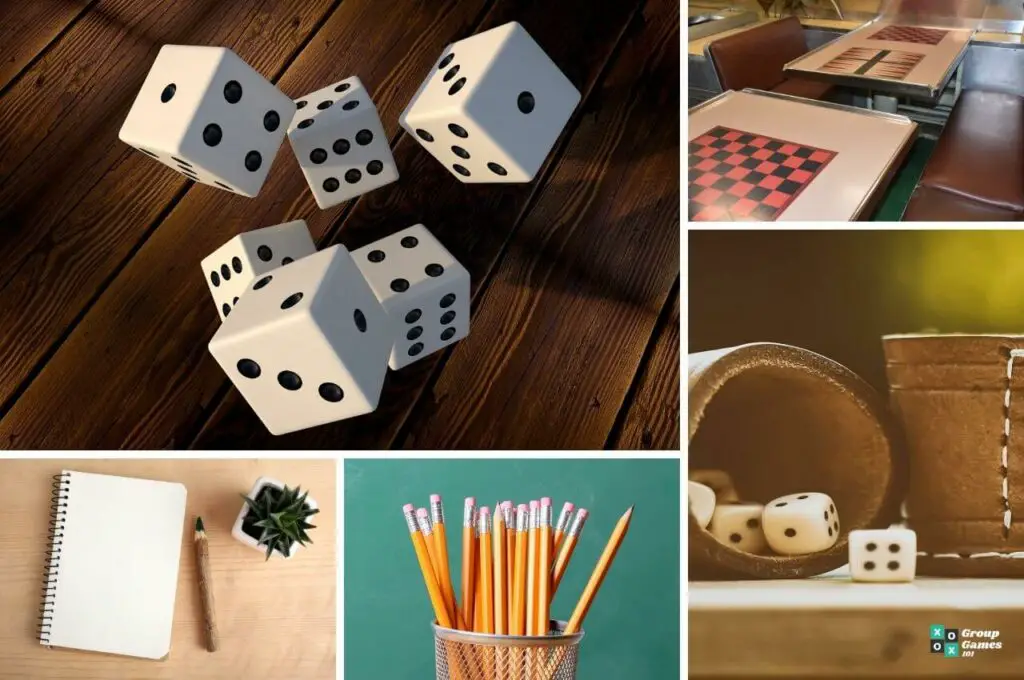
There are some dice games (like Shut the Box) that require special playing pieces in order to play. Fortunately, Farkle isn’t one of them.
As we’ve already seen, you don’t need anything fancy to enjoy this game. Instead, you can be fully set up and ready to play in just a few minutes using the following components:
- Six regular dice
- Cup or dice tumbler
- Scoresheet
- Pencil
- Flat surface.
A lot of die-hard Farkle fans like to buy a ready-made kit like this complete Farkle set from Brybelly.
The biggest advantage of buying such sets is that they come with pre-printed score sheets which make it much easier to keep track of the scores. They also contain the dice, dice cup, and a printed set of rules which will come in handy if you don’t have this guide to hand.
Otherwise, you can keep score with good old fashioned pen and paper and use any six standard dice and any old cup to get your game underway.
Farkle Rules and Gameplay Guide
A good game of Farkle begins with all players sitting round in a circle and deciding who goes first. While there’s nothing in the official Farkle rules about choosing the starting player, you can simply use the “youngest player goes first” method used in board games like Candyland or you can adapt the method used in card games such as Chase the Ace, with each player rolling one dice instead of drawing one card and the player with the highest number taking the first move.
Once that’s done, Player 1 puts all of the dice into the cup, shakes it, and rolls all six dice at once, getting the game underway.
How to Play Farkle
Once a player has thrown all six dice, they check for any scoring combinations (detailed below) and can choose to set those dice aside and roll the remaining dice again in an attempt to score more points.
On each roll that gives a scoring combination, the player must set aside at least one dice but doesn’t have to set them all aside.
For example; if a player throws a 1,2,3,4,4,4, they can choose to set aside as many of those 4s as they like, but just choose to set aside 1 of them.
On the next turn, they throw 5 dice and score another combination, setting aside just one of those dice so that their next turn is a 4-dice throw and so on.
That player’s turn continues until either they choose to pass or because their throw of the dice doesn’t give them any points.
In the case of the latter, this is known as the Farkle after which the game is named and means that all of the player’s potential points from that turn are wiped out.
For example; let’s say a player throws 4 times in a single turn.
With the first throw, they score 200 points, with the second throw, they score another 200 points, and with the third throw, they score 300 points. That gives them a potential score of 700.
Then, on the fourth throw, they don’t score any points. Their finishing score for that round is now zero rather than 700.
Scoring in Farkle
We’ve talked a lot about scoring combinations, but what exactly are they?
Basically, points are awarded if you roll a 1, a 5, or 3 of a kind, as well as for rolling one of each number (1,2,3,4,5,6) and for rolling three pairs.
Points are awarded as follows:
- Roll 1 – 100 points
- Roll 5 – 50 points
- Roll 3 x 1s – 1,000 points
- Roll 3 x 2s – 200 points
- Roll 3 x 3s – 300 points
- Roll 3 x 4s – 400 points
- Roll 3 x 5s – 500 points
- Roll 3 x 6s – 600 points
- Roll 1,2,3,4,5,6 – 3,000 points
- Roll 3 pairs – 1,500 points.
Scoring combinations only count if they are made within the same throw. For example, you can’t roll 2 x 3s on one throw and then a third 3 on your next throw and count it as a three-of-a-kind.
However, you can count multiple scoring combinations within one throw. For example, if you throw 1,2,2,2,3,5, you could count all of the following.
- 100 points for 1
- 200 points for the 3 x 2s
- 50 points for the 5.
This would give you a total of 350 points on one throw.
How to Win in Farkle
In Farkle, the aim of the game is to reach 10,000 points.
Once a player reaches 10,000 points, all remaining players get one last throw. If, after that throw, none of those players have a score of equal or greater value, then the player with 10,000 points wins the game.
If another player also has a score of 10,000+ or more, then the player with the highest score wins. For example, if Player 1 finishes their turn on 10,100 points and Player 2 finishes their turn on 10,200 points, then Player 2 is the winner.

Alternatives to Farkle: Other Classic Dice Games to Enjoy
Farkle is an exciting, fast-paced dice game that proves a great choice if you’re looking for something you can set up quickly without needing too much equipment. Still, if you find that it doesn’t quite do it for you, there are plenty of alternatives to Farkle like Fill or Bust! rules that are just as easy to get started with.
The game is commonly compared to Yahtzee (see our Yahtzee rules guide) which is played in a very similar way with players rolling multiple dice and aiming to score point combinations. It also tends to move at a slower pace than Farkle, so if you’re looking for a game you can relax and take your time with then it may be more your speed.
Alternatively, the 3 Dice game, Liars Dice game and Qwixx are other great examples of simple games that use only a basic set of dice and scoresheets to provide endless fun for the whole family.

